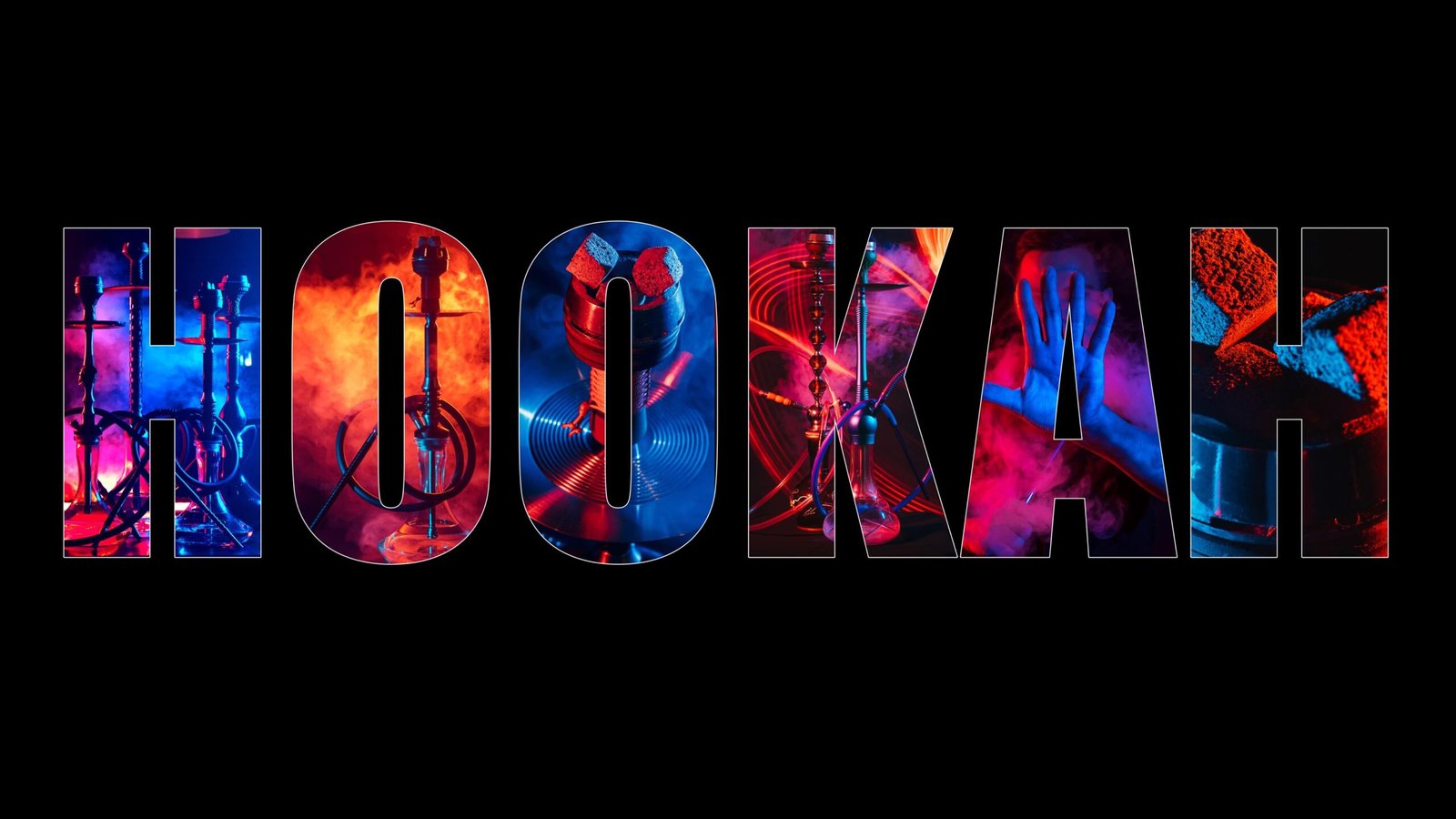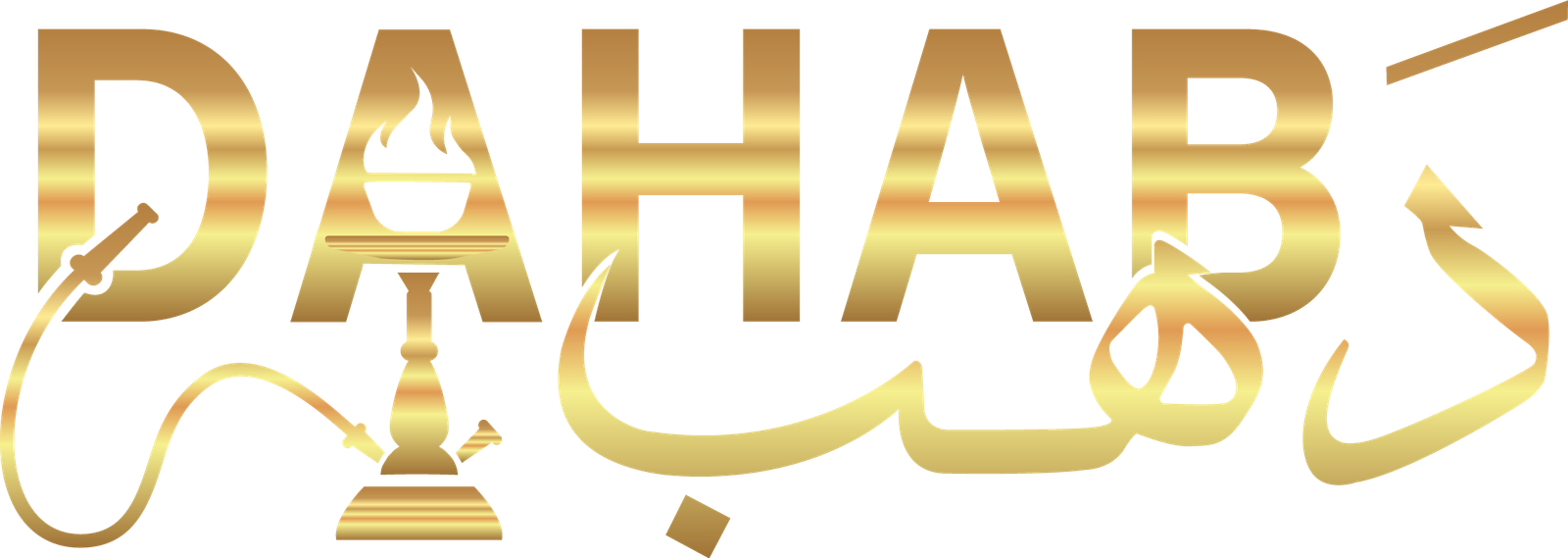Hookah Facts

Hookahs are waterpipes that are used to smoke specially made tobacco mixtures that come in a wide variety of flavors. They usually work by passing charcoal-heated air through the tobacco mixture and ultimately through a water-filled chamber. A user then inhales the smoke through a tube and mouthpiece. Hookah users often perceive it to be less harmful than smoking cigarettes, but studies show that the smoke contains many of the same toxic components found in cigarette smoke, such as nicotine, tar and heavy metals.1 They are not a safe alternative to cigarette smoking.
What Is in Hookah?
- At least 82 toxic chemicals and carcinogens have been identified in hookah smoke.2,3,4,5
- Although the smoke passes through water, this does not eliminate the hazardous, addictive chemicals released from the tobacco.2,3,4
- The combustion of charcoal used to heat hookah tobacco may pose additional health risks, since this combustion process produces dangerous substances such as carbon monoxide, metals, and other chemicals.1,6,7
Who Uses Hookahs?
- Nationwide, an estimated 590,000 high school students, or 4.1%, and 140,000 middle school students, or 1.2% had smoked hookah in the past month.8
- Rates of use are similar among boys and girls, but significantly higher among Hispanic high school students (6.0%) compared to white students (3.3%).1
- In 2017, 2.6 million adults used hookah, water pipes, or pipes. Rates were significantly higher among men than women, and the uninsured than those with private health insurance.9
- The Fall 2018 National College Health Assessment found that 14.7% of college students had ever used hookah and 3.1% had used it in the past month.10
What Are the Concerns?
- According to one study, 79.6% of current hookah users aged 12-17 say that they use hookah because they like socializing while using the product.11 Hookah bars and cafes have grown in popularity, particularly in urban areas and around college campuses.12
- Hookah bars and cafes despite selling a deadly product market themselves as a social, fun and relaxing environment to young adults,13,14,15 and can offer musical performances, food, and alcohol, where they are allowed by state or local law.
- These establishments are often exempt from state and local smokefree laws.
- Kid-friendly flavors are available, such as watermelon, tropical fruit, orange cream, caramel, chocolate, tutti frutti, vanilla, and strawberry.12
- According to a 2013-2014 survey, 79% of youth aged 12-17 who smoked hookah said that they used hookah products because “they come in flavors I like.”11,16
What Do We Know About Hookah?
- One study found that 15- to 23-year-olds who had never smoked cigarettes but had tried hookah were more likely to have started smoking cigarettes, become regular cigarette smokers, and smoke more cigarettes per day two years later.17
- In 2012-2013, 15.7% of young adults aged 18-24 who were not established cigarette smokers were hookah users and were two times as susceptible to cigarette smoking as those who were not current hookah users.18
- While a typical cigarette requires about 8 to 10 puffs,19 an hour-long hookah session may involve 100 to 200 puffs,20 potentially exposing the user to more smoke over a greater period of time.1,12,21,22
- Studies have found that in a typical hookah smoking session, smokers attain up to 1.7 times the nicotine exposure and up to nine times the carbon monoxide exposure as a single cigarette.1,23,24
What Are the Health Risks?
- Nicotine is an addictive drug that can have lasting damaging effects on adolescent brain development and has been linked to a variety of adverse health outcomes for the developing fetus.25
- Hookah smoking is linked to many of the same adverse health effects as cigarette smoking, such as lung, bladder and oral cancers and heart disease.1,26
- Long-term effects include impaired pulmonary function, chronic obstructive pulmonary disease, esophageal cancer and gastric cancer.27
- Short-term hookah use is associated with acute health effects, including increased heart rate and blood pressure, reduced pulmonary function, and carbon monoxide intoxication.27
What Are Some of the Public Policies that Apply to Hookah?
- In 2016, FDA finalized a rule extending their regulatory authority to cover all tobacco products, including hookah tobacco. However, FDA delayed its oversight of the hookah labeling, advertising, promotion, sale, and distribution of hookah tobacco until 2021, so there is no current oversight of these products.
- In states or localities with smokefree laws, hookah bars often receive an exemption:
- A 2015 study found exemptions for hookah establishments in smokefree laws in 24 states, and loopholes that exempt establishments that receive a set percentage of sales from tobacco products in another 14 states.28
- A review of smokefree laws in the 100 largest U.S. cities found that 69 of the 73 cities that prohibit cigarette smoking in bars had exemptions for hookah use.13
- Removing loopholes for hookah establishments in smokefree laws can reduce exposure to secondhand smoke and help keep hookah out of the hands of kids.
- States and localities where allowed have clear authority to restrict the sale of flavored tobacco products (or any tobacco product) to reduce tobacco use and its harms to its citizens. Several localities have passed restrictions on sales of flavored tobacco products that affect hookah tobacco, including San Francisco and Minneapolis.
- The tobacco used for hookah is often taxed at a lower rate than cigarettes in states and at the federal level. Higher taxes, which increase the price of hookah are an effective way to reduce youth tobacco use. When available at lower prices it provides cigarette smokers with an alternative, lower-priced tobacco product. It also incentivizes smokers to switch products rather than quit.


 Copy Right © 2024
Copy Right © 2024